
Why Multisensory Learning Matters in Early Childhood
Children learn best when they use more than one sense. Discover how movement, rhythm, and multisensory play build focus and confidence.

Interactive Metronome Explained (Without the Jargon)
Interactive Metronome uses rhythm and feedback to strengthen timing, attention, and regulation. Learn what it is, how it works, and why it helps children.

Everyday Rhythm Games That Boost Focus and Fun
Rhythm builds attention and regulation. Discover simple clap, tap, and movement games you can play with your child anytime.

Timing and Attention: Why the Brain Needs Rhythm
Timing is the rhythm that organizes the brain. Learn why timing matters for attention and focus — and how rhythm activities can help.
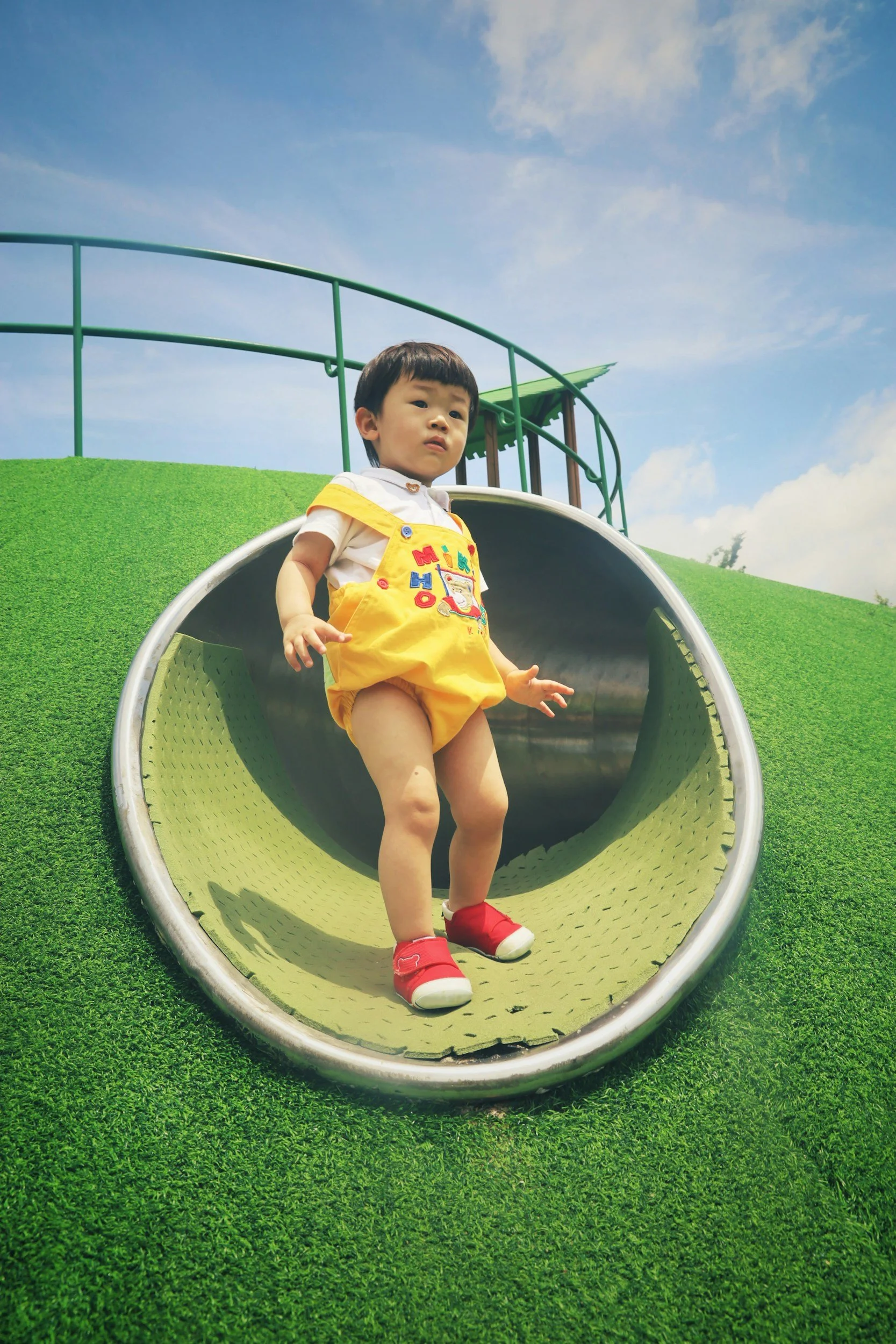
Balance and the Brain: How Movement Builds Focus
Balance activities do more than build coordination. They strengthen the brain for focus, attention, and learning. Discover simple balance games you can try today.
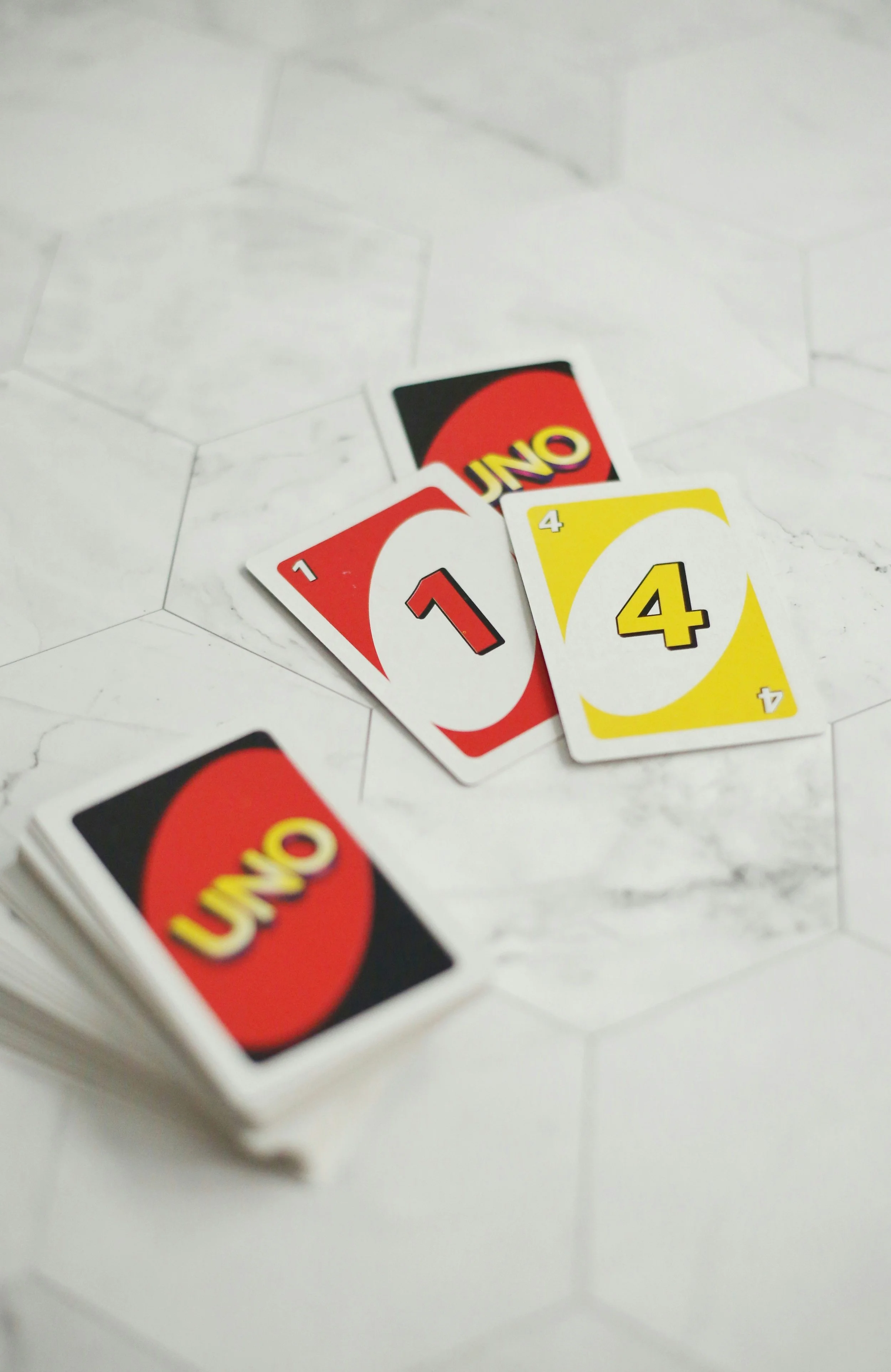
Turn-Taking Games: Building Regulation, Attention, and Connection
Turn-taking games aren’t just fun — they build regulation, attention, and social connection. Learn simple games you can try at home.

Heavy Work for Little Bodies: Why Kids Need Push, Pull, and Carry Activities
Heavy work activities — pushing, pulling, carrying — help children feel calm and focused. Learn easy ways to add heavy work into your child’s day.
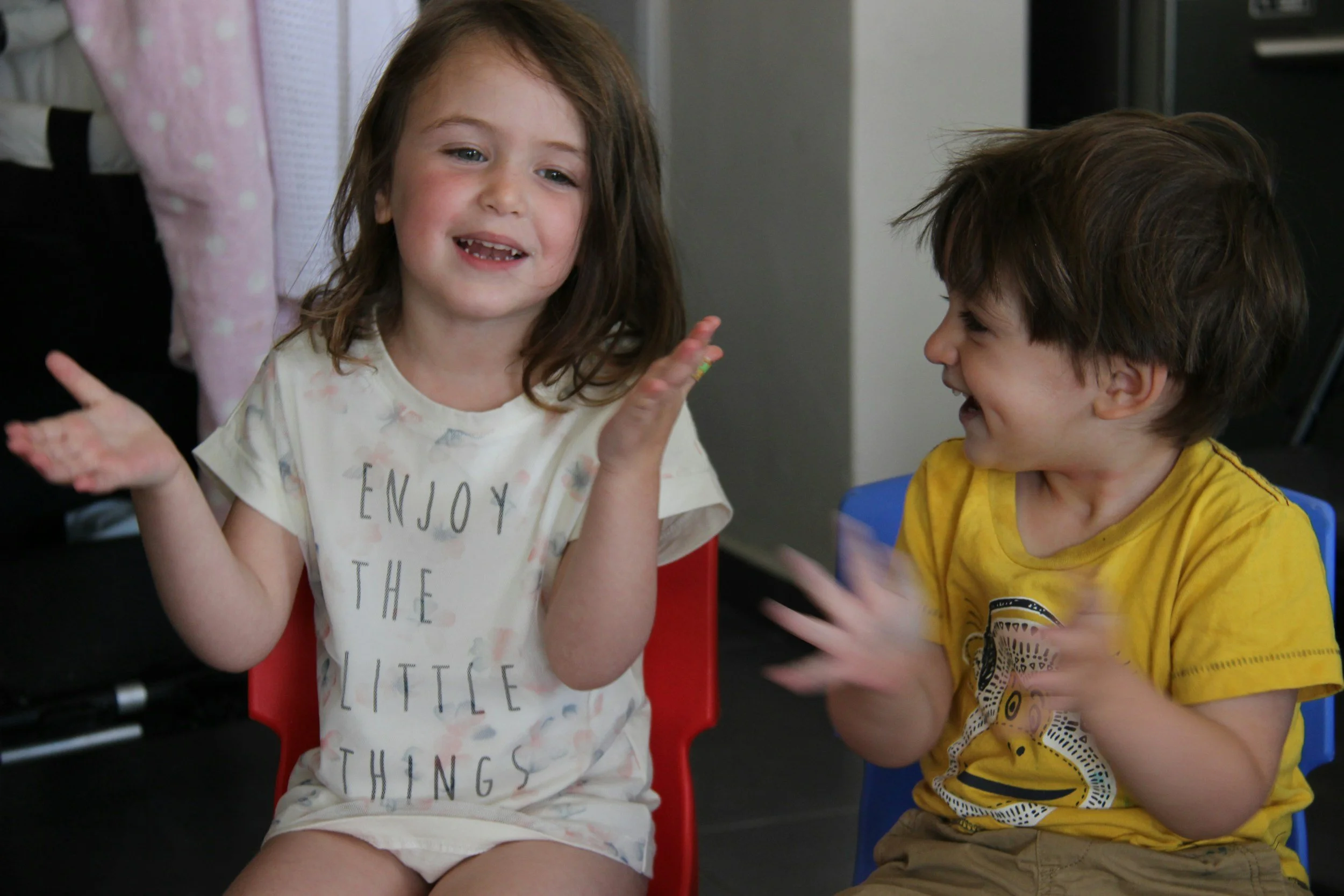
How Music and Rhythm Build Attention
Music and rhythm are more than fun — they build attention, coordination, and focus. Discover simple rhythm activities you can try at home.
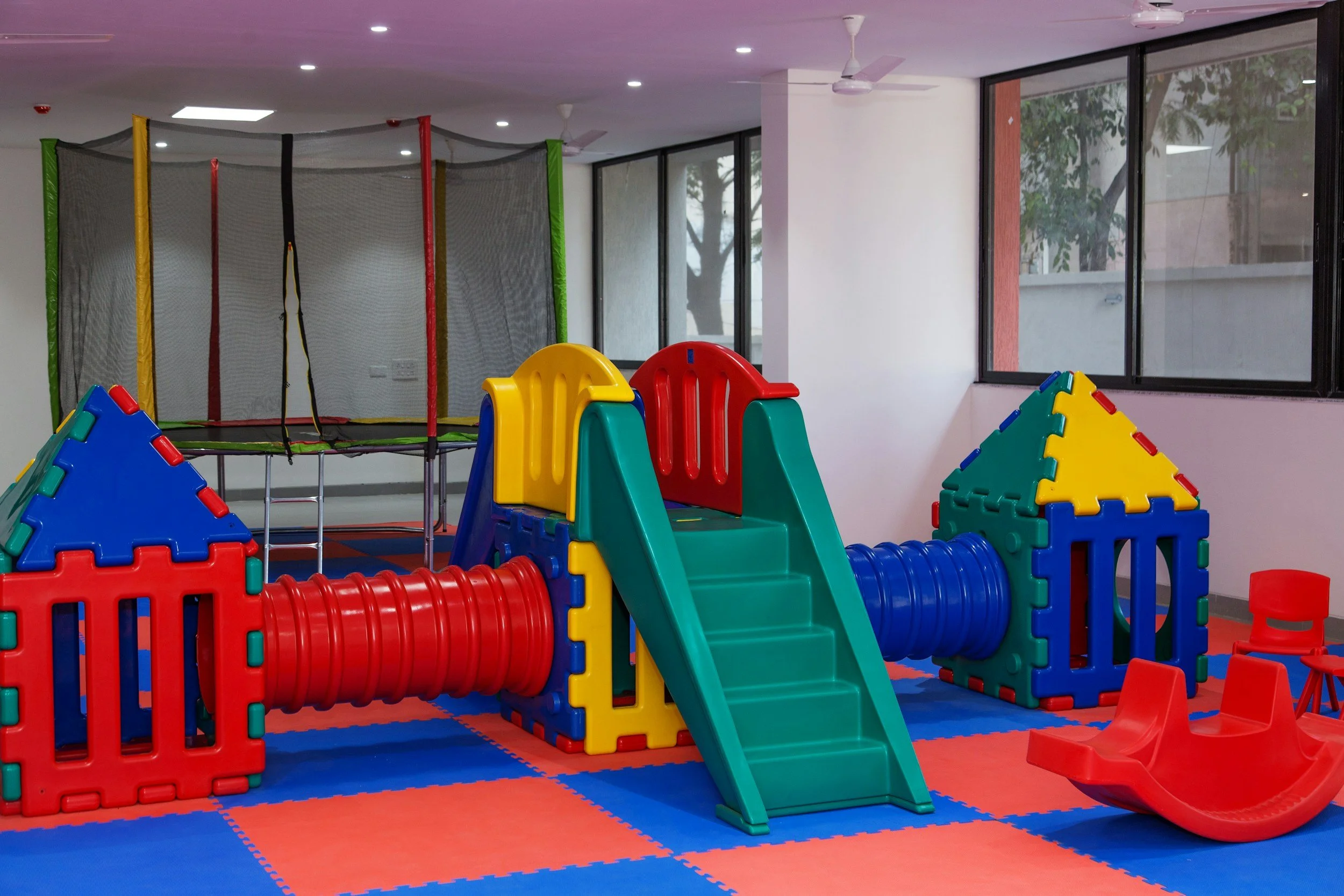
Obstacle Courses: Building Focus, Balance, and Fun
Obstacle courses are more than fun. They build motor planning, balance, and focus. Learn how to set one up at home with everyday items.
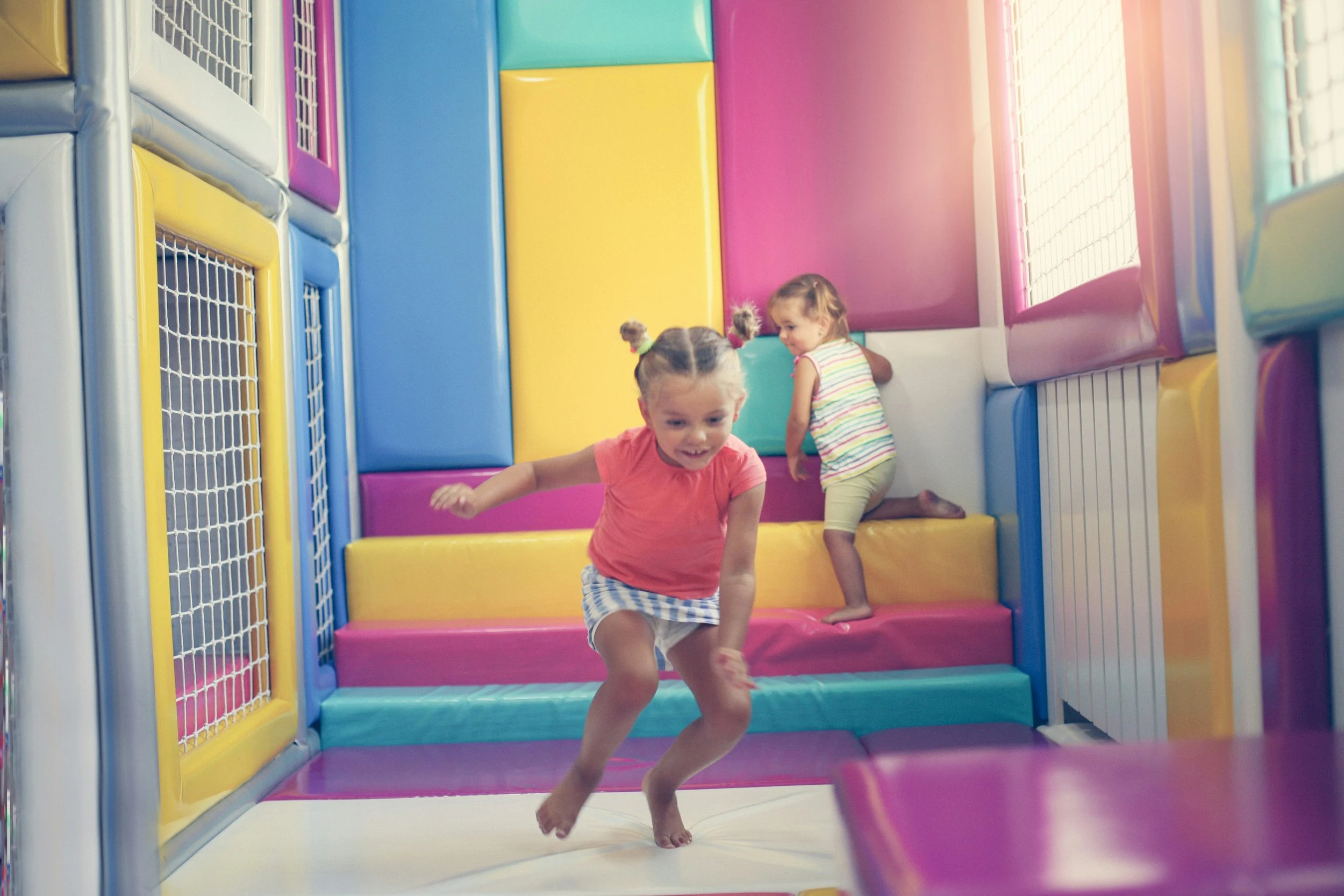
5 Simple Sensory Strategies Parents Can Use at Home
Simple movement and sensory activities can help children feel calm and focused. Here are 5 easy strategies parents can try at home- no special equipment needed.
